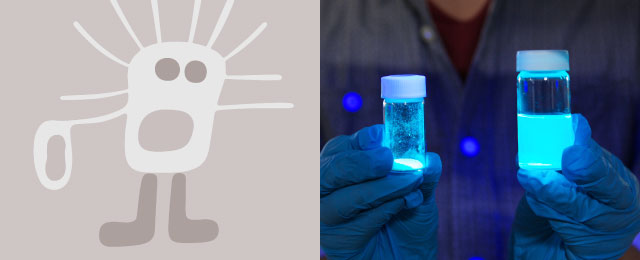







Home > Research > Research Overview > 2024 > Development of Next-Generation Antimicrobial Therapeutics
Development of Next-Generation Antimicrobial Therapeutics
Professor(School of Medicine, Department of Infectious Diseases)
HAMAMOTO Hiroshi
To combat the spread of antimicrobial-resistant bacteria, the development of novel antimicrobial therapeutics is essential. However, in recent years, the development of new drugs with innovative mechanisms of action has grown more difficult. Amid this challenge, we successfully identified a novel antibiotic, lysocin E, using a unique screening system that evaluates therapeutic efficacy in a silkworm model of Staphylococcus aureus infection (Figure 1). Lysocin E exhibits unordinary strong bactericidal activity, reducing viable bacterial cells to below 0.1% within one minute. Previous studies have revealed that the target of lysocin E is the bacterial-specific coenzyme menaquinone of the electron transport chain, which exists within bacterial cell membranes. Targeting small molecules involved in energy production directly within the cell membrane and demonstrating bactericidal activity represents a completely new mechanism of action. However, the mechanism for its high bactericidal activity remains unclear. Our research aims to analyze the details of this mechanism and develop lysocin E as a next-generation therapeutic agent effective against refractory S. aureus infections.

▲Fig. 1 Structure of the novel antibiotic lysocin E

▲Fig.2 Mechanism of bactericidal activity of Lysocin E
Related Links